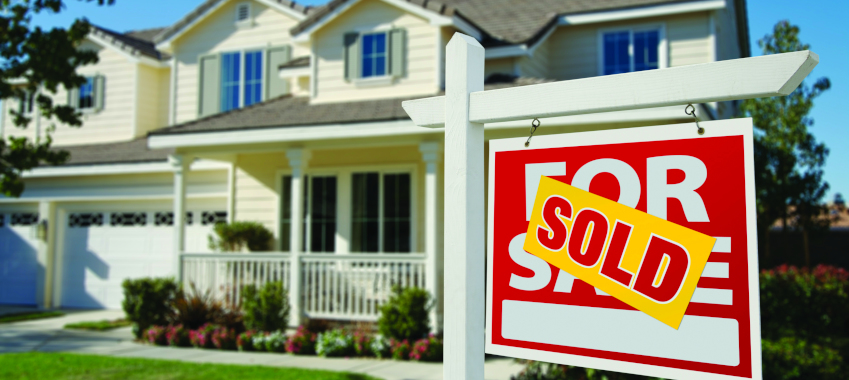
The mortgage market share occupied by property investors is now exceeding first home buyers, a property technology provider has reported.
Proptech Archistar has made the observation in its latest National Housing Market report, where it noted the total home loans market share of property investors (21.9 per cent) was below its long-term average in March of 33 per cent, but now exceeded that for first home buyers (19.3 per cent). Owner-occupiers retained the largest slice, of 58.9 per cent.
The month prior, investors and first home buyers had been fairly level, with investors holding 20.25 per cent of loans while first home buyers held 20.46 per cent.
Home lending reportedly rebounded over March, with increases for owner-occupiers and investors, but first home buyer activity continued its decline from February.
WA in particular had the highest increase in home lending over the March quarter, compared with last year – rising by 99 per cent.
Loans for newly built homes declined over March, as the government’s HomeBuilder initiative expired. Victoria remained the clear leader for new build home loans over the first three months of the year, with a total of 7,206, followed by WA (5,612) and Queensland (5,117).
Looking forward, the report predicted that the “usual winter pause in activity” will see diminished activity in capital city markets, while price growth is expected to be somewhat dampened.
“Without the prospect of lower interest rates or significantly higher incomes for support, price growth levels, although set to remain clearly positive, will nonetheless continue to decline over the outlook,” the report by property economist Andrew Wilson stated.
As the economy recovers from COVID-19, the housing market is expected to reach more “sustainable levels” of activity, following its boom through the March quarter. But prices are still expected to grow.
“Despite a strengthening economy, the prospect of higher interest rates – the key cooling mechanism for house prices – remains years in the future – just ask the RBA,” the report said.
“Although housing markets are predictably cooling, most capitals will record house price growth near or above 10 per cent this year – with unit prices also set to report their best growth results in years.”
Market activity was hit by moderating impacts from Easter, school holidays and ANZAC Day in April.
But most capital cities had reported decreases in newly reported home sales over the month compared with March, with Melbourne seeing the largest decline of 11.1 per cent. Sydney and Brisbane also copped falls of 8.1 per cent and 7 per cent, respectively, while sales rose in Adelaide and Perth by 2.1 per cent and 7 per cent.
Asking prices for houses mostly increased, with Sydney and Adelaide recording the largest rises (3.6 per cent and 2.9 per cent) while Brisbane copped a fall of 1.4 per cent. Melbourne and Perth both recorded a rise of 1.4 per cent.
Units were more moderate, with Sydney and Brisbane both seeing an increase of around 0.5 per cent. Melbourne saw a decline of 0.7 per cent, while prices were flat in Adelaide and grew by 0.2 per cent in Perth.
 Login
Login










JOIN THE DISCUSSION